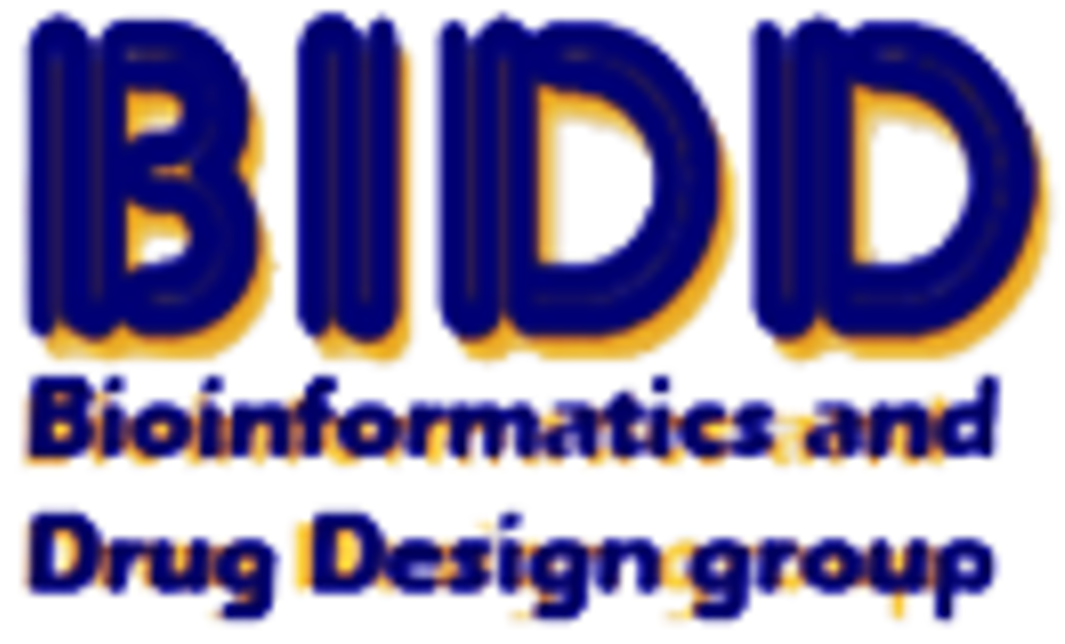| Target Validation Information | |||||
|---|---|---|---|---|---|
| Target ID | T13852 | ||||
| Target Name | Sphingosine 1-phosphate receptor 1 | ||||
| Target Type | Successful |
||||
| Drug Potency against Target | Fingolimod | Drug Info | IC50 = 0.137~10.98 nM | [552823] | |
| 1-(4-nonylbenzyl)pyrrolidin-3-ylphosphonic acid | Drug Info | IC50 = 6.9 nM | [527349] | ||
| (3-Tetradecylamino-cyclohexyl)-phosphonic acid | Drug Info | IC50 = 23 nM | [527193] | ||
| GNF-PF-78 | Drug Info | IC50 = 3655 nM | [531262] | ||
| 3-amino-5-(4-octylphenyl)pentanoic acid | Drug Info | IC50 = 1900 nM | [530721] | ||
| [3-(4-Nonyl-benzylamino)-propyl]-phosphonic acid | Drug Info | IC50 = 3.1 nM | [527193] | ||
| (3-Tetradecylamino-cyclopentyl)-phosphonic acid | Drug Info | IC50 = 360 nM | [527193] | ||
| ACT-128800 | Drug Info | IC50 < 500 nM | |||
| Sphingosine-1-phosphate | Drug Info | IC50 = 0.78 nM | [530799] | ||
| 3-(N-alkylamino) propylphosphonic acid derivative | Drug Info | IC50 = 0.28 nM | [527193] | ||
| 4-amino-6-(4-octylphenyl)hexanoic acid | Drug Info | IC50 = 710 nM | [530721] | ||
| GNF-PF-826 | Drug Info | IC50 = 4232 nM | [531262] | ||
| 3-(tetradecylamino)propylphosphonic acid | Drug Info | IC50 = 2.3 nM | [527349] | ||
| 1-(4-nonylbenzyl)azetidine-3-carboxylic acid | Drug Info | IC50 = 18 nM | [527349] | ||
| 1-(4-nonylbenzyl)pyrrolidine-3-carboxylic acid | Drug Info | IC50 = 20 nM | [527349] | ||
| Action against Disease Model | Fingolimod | The IC50 values to cell lines MCF-7 (IC50=6.8???.6 uM), MDA-MB-231(IC50=6.7???.5 uM), Sk-Br-3(IC50=5.8???.3 uM), HCT-116(IC50=5.7???.2 uM), and SW620(IC50=6.7???.6 uM), are determined by WST-1 assay 48h after treatment. | [552478] | Drug Info | |
| The Effect of Target Knockout, Knockdown or Genetic Variations | In this study, we deleted the expression of the S1P1 receptor gene (S1pr1) in developing B cells in the bone marrow. Although B cell maturation within the bone marrow was largely normal in the B cell-specific S1pr1 knockout (B-S1pr1KO) mice, their newly generated immature B cells appeared in the blood at abnormally low n uMbers as compared with control mice. In the bone marrow of B-S1pr1KO mice, immature B cells in contact with the vascular compartment displayed increased apoptosis as compared with control mice. Forced expression of CD69, a negative regulator of S1P1 receptor expression, in developing bone marrow B cells also reduced the n uMber of immature B cells in the blood. Attenuation of CXCR4 signaling, which is required for the proper retention of developing B cells in bone marrow, did not release immature B cells into the blood of B-S1pr1KO mice as effectively as in control mice. Our results indicate that the S1P1 receptor provides a signal necessary forthe efficient transfer of newly generated immature B cells from the bone marrow to the blood. | [552478] | |||
| References | |||||
| Ref 552478 | Asymmetric synthesis and biological evaluation of the enantiomeric isomers of the immunosuppressive FTY720-phosphate. Bioorg Med Chem. 2005 Jan 17;13(2):425-32. | ||||
| Ref 552823 | Effects of phosphorylation of immunomodulatory agent FTY720 (fingolimod) on antiproliferative activity against breast and colon cancer cells. Biol Pharm Bull. 2008 Jun;31(6):1177-81. | ||||
| Ref 527349 | J Med Chem. 2004 Dec 30;47(27):6662-5.A rational utilization of high-throughput screening affords selective, orally bioavailable 1-benzyl-3-carboxyazetidine sphingosine-1-phosphate-1 receptor agonists. | ||||
| Ref 527193 | Bioorg Med Chem Lett. 2004 Oct 4;14(19):4861-6.Design and synthesis of conformationally constrained 3-(N-alkylamino)propylphosphonic acids as potent agonists of sphingosine-1-phosphate (S1P) receptors. | ||||
| Ref 531262 | Bioorg Med Chem Lett. 2010 Dec 15;20(24):7331-6. Epub 2010 Oct 21.In silico identification and biochemical evaluation of novel inhibitors of NRH:quinone oxidoreductase 2 (NQO2). | ||||
| Ref 530721 | Bioorg Med Chem Lett. 2010 Mar 1;20(5):1485-7. Epub 2010 Jan 28.S1P receptor mediated activity of FTY720 phosphate mimics. | ||||
| Ref 527193 | Bioorg Med Chem Lett. 2004 Oct 4;14(19):4861-6.Design and synthesis of conformationally constrained 3-(N-alkylamino)propylphosphonic acids as potent agonists of sphingosine-1-phosphate (S1P) receptors. | ||||
| Ref 527193 | Bioorg Med Chem Lett. 2004 Oct 4;14(19):4861-6.Design and synthesis of conformationally constrained 3-(N-alkylamino)propylphosphonic acids as potent agonists of sphingosine-1-phosphate (S1P) receptors. | ||||
| Ref 530799 | Bioorg Med Chem Lett. 2010 Apr 15;20(8):2520-4. Epub 2010 Mar 3.Exploration of amino alcohol derivatives as novel, potent, and highly selective sphingosine-1-phosphate receptor subtype-1 agonists. | ||||
| Ref 527193 | Bioorg Med Chem Lett. 2004 Oct 4;14(19):4861-6.Design and synthesis of conformationally constrained 3-(N-alkylamino)propylphosphonic acids as potent agonists of sphingosine-1-phosphate (S1P) receptors. | ||||
| Ref 530721 | Bioorg Med Chem Lett. 2010 Mar 1;20(5):1485-7. Epub 2010 Jan 28.S1P receptor mediated activity of FTY720 phosphate mimics. | ||||
| Ref 531262 | Bioorg Med Chem Lett. 2010 Dec 15;20(24):7331-6. Epub 2010 Oct 21.In silico identification and biochemical evaluation of novel inhibitors of NRH:quinone oxidoreductase 2 (NQO2). | ||||
| Ref 527349 | J Med Chem. 2004 Dec 30;47(27):6662-5.A rational utilization of high-throughput screening affords selective, orally bioavailable 1-benzyl-3-carboxyazetidine sphingosine-1-phosphate-1 receptor agonists. | ||||
| Ref 527349 | J Med Chem. 2004 Dec 30;47(27):6662-5.A rational utilization of high-throughput screening affords selective, orally bioavailable 1-benzyl-3-carboxyazetidine sphingosine-1-phosphate-1 receptor agonists. | ||||
| Ref 527349 | J Med Chem. 2004 Dec 30;47(27):6662-5.A rational utilization of high-throughput screening affords selective, orally bioavailable 1-benzyl-3-carboxyazetidine sphingosine-1-phosphate-1 receptor agonists. | ||||
If You Find Any Error in Data or Bug in Web Service, Please Kindly Report It to Dr. Zhou and Dr. Zhang.

